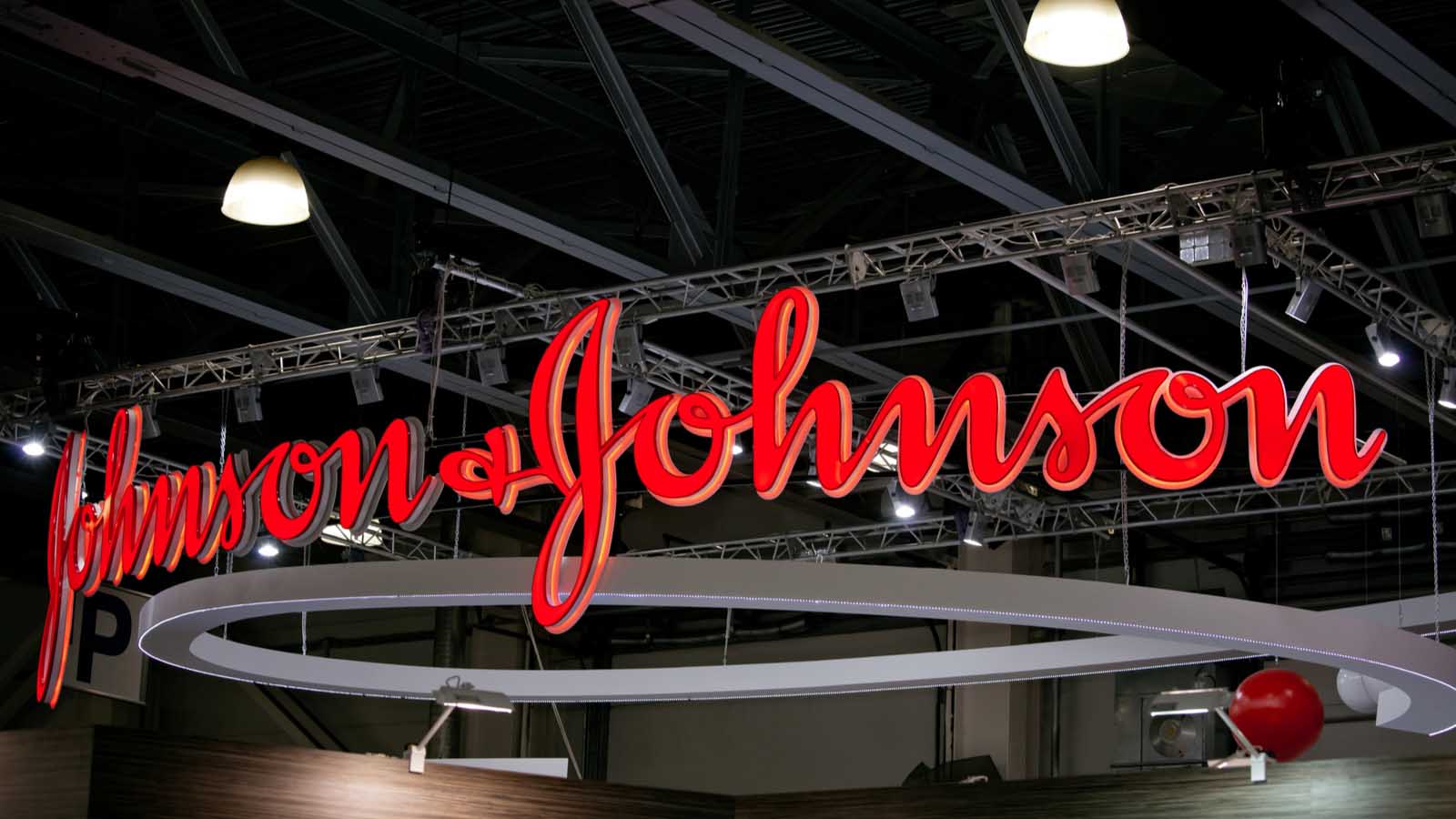On Oct. 15, Johnson & Johnson (NYSE:JNJ), the healthcare giant, reported Q3 earnings and revenue that beat analysts’ average expectations. Yet, over the past 12 months, JNJ stock is down about 9%.

Now many investors are wondering whether the company may end the year on a high note. In the next few weeks, I expect Johnson & Johnson shares to trade mostly between a range of $125 and $135. Long-term investors may view any upcoming weakness in the JNJ stock price as an opportunity to buy the shares.
Analyzing JNJ’s Recent Earnings
With a market cap of $347 billion, Johnson & Johnson, the healthcare giant, is currently number 37 on the Fortune 500 list. JNJ ‘s third-quarter revenue rose 1.9% year-over-year to $20.7 billion. Its earnings per share, excluding certain items, came in at $2.12, versus analysts’ average estimate of $2.01.
The company has a broad-based business model with a global reach. It operates in three segments that provide it with diversified sources of revenue, earnings and cash flow:
- Pharmaceutical, which contributes more than 50% of JNJ’s pretax profits
- Consumer
- Medical Devices
JNJ’s pharmaceutical division markets treatments for immunology, cardiovascular and metabolic diseases, pulmonary hypertension, infectious diseases and cancer.
Several of its well-known consumer brands include Aveeno, Band-Aid, Johnson’s Baby, Listerine, Neutrogena, Rogaine, Tylenol and Zyrtec.
Finally,its medical devices business develops and markets products and solutions for surgery, orthopedics, and vision.
Although about 60% of Johnson &Johnson’s revenue is U.S.-based, its overseas operations in general and its emerging market businesses in particular are proving to be important growth catalysts for JNJ.
The Legal Woes of Johnson & Johnson
Pharmaceutical industry firms often face legal challenges. At present, Johnson & Johnson is facing literally thousands of lawsuits.
For example, in the summer, the Federal Trade Commission issued civil subpoenas to the company in an effort to determine whether JNJ had violated antitrust laws with Remicade, its rheumatoid arthritis drug.
In August, Johnson and Johnson made the news when an Oklahoma judge found it guilty of helping to fuel the state’s opioid crisis by aggressively marketing painkillers. JNJ is also facing various lawsuits regarding its talc-based baby powder.
Recent research by Theresa Gabaldon of George Washington University Law School discusses in detail the “ballooning of pharmaceutical advertising with correlative increases in the prescriptions written for various mental and other ailments” within the industry.
Professor Gabaldon further states that “Purdue Pharma led off in the 1990s by heavily advertising OxyContin as non-addictive—a claim that clearly was untrue.” AbbVie (NYSE:ABBV), Johnson & Johnson, and Pfizer (NYSE:PFE) “also conducted aggressive advertising campaigns for their proprietary opioids. These campaigns, which were directed at physicians, resulted in $11 billion from opioid sales alone in 2010.”
In the long-run, lawsuits and fines do not necessarily dent the fundamental metrics of pharma companies much. However, in the short-term, investors understandably get spooked by the uncertainty created by lawsuits.
Other Long-Term Factors to Consider
One of the challenges faced by JNJ and other drug companies is falling sales as the patents of blockbuster drugs expire, enabling much cheaper, competing generic drugs to be sold.
Therefore, the pressure to innovate and diversify is part of the reality of managing a global pharma leader like Johnson & Johnson. And in JNJ’s case, diversification has been the company’s competitive advantage. As one segment faces headwinds, the others usually help propel the company forward.
The forward price-earnings ratio of JNJ stock stands at 14.5 and is lower than many of its peers. Many investors would cbe comfortable paying more than that for a strong business like Johnson & Johnson.
Meanwhile, Johnson & Johnson stock also has a dividend yield of 2.9%. The conglomerate has raised its dividend each year for over half a century. And dividends tend to create a “price floor” for coveted stocks such as JNJ.
What Technical Charts Indicate
No investor has a crystal ball that can predict the markets’ next move. However, analyzing the recent price action of JNJ stock may give us an indication of what to expect in the weeks ahead.
In 2019 JNJ stock has fallen 1.6%. Its 52-week range has been $121.00 (Dec. 24, 2018) – $148.99 (Dec. 4, 2018).
JNJ’s short-term charts are painting a mixed picture and suggest that JNJ stock is likely to trade within a range. While long-term investors would like to see JNJ stock stay over $135, short-term traders are likely to keep the shares between $125 and $135.
I do not expect Johnson & Johnson stock to reach any new highs until we have more clarity on the full ramification of several of its legal challenges.
In recent weeks, the stock has found support around the $125 level. Therefore, I’d consider buying the shares if they fall toward or even below first $125 and then $120.
The Bottom Line on JNJ Stock
The company’s diversification enables JNJ stock to withstand economic cycles more effectively. No matter what the economy does, consumers will buy the products of many of its strong brands, and Johnson & Johnson will likely have industry-leading market share in many areas.
I remain bullish on the long-term outlook of Johnson and Johnson stock. However, in the short-term, JNJ might exhibit weakness.
Therefore, investors may consider staying on the sidelines on JNJ if they do not currently have a position in the shares.
Alternatively, investors who already own the shares may consider hedging their positions. As for hedging strategies, covered calls with a Jan. 17 expiry could be appropriate.
Finally, any short-term decline in these shares may create better entry points for long-term investors who do not yet own JNJ stock.
As of this writing, Tezcan Gecgil hold PFE covered calls (Nov. 15 expiry).
